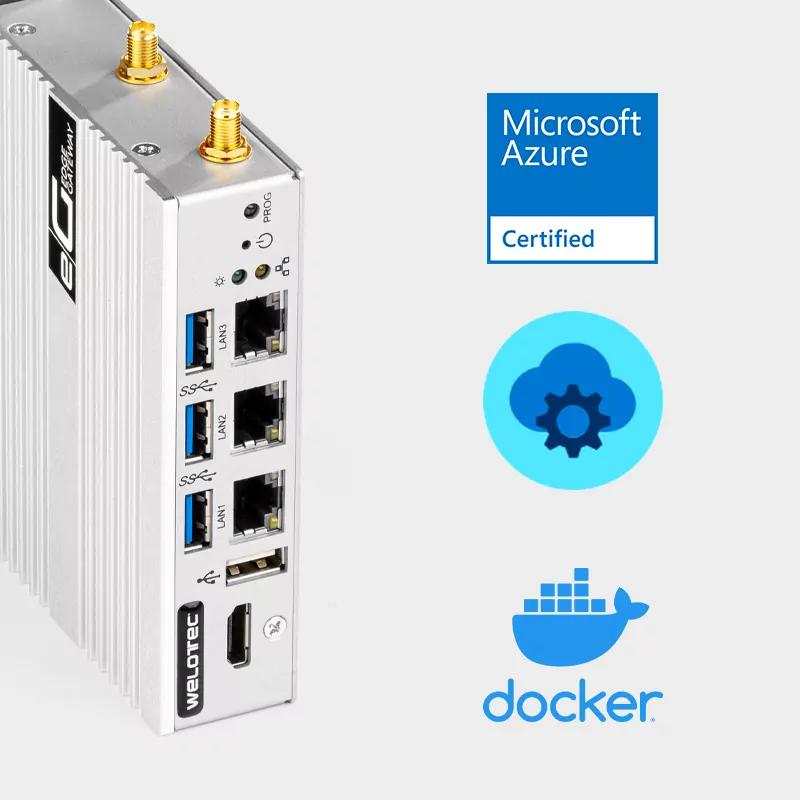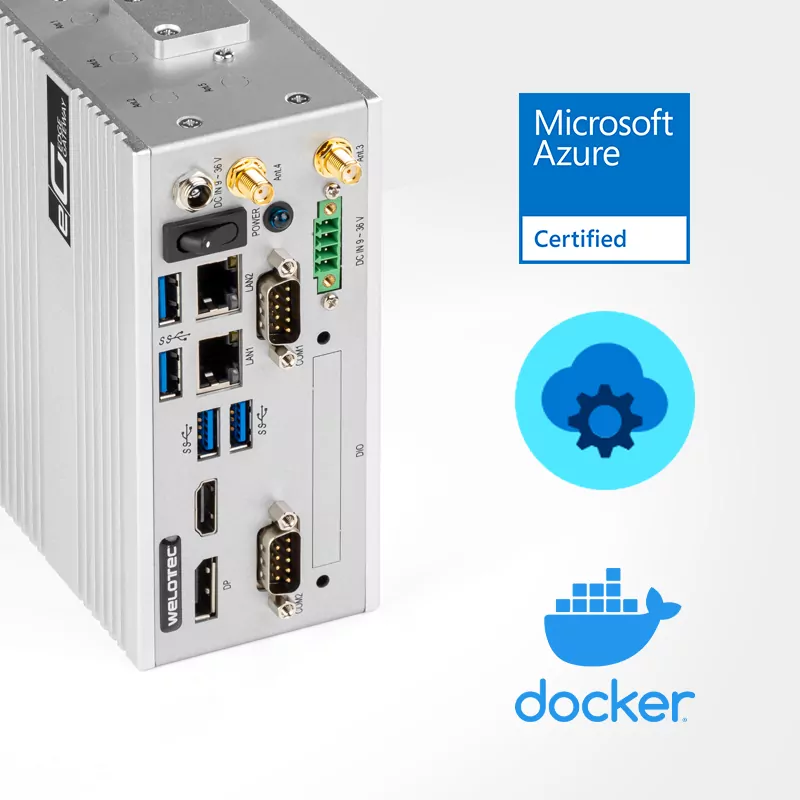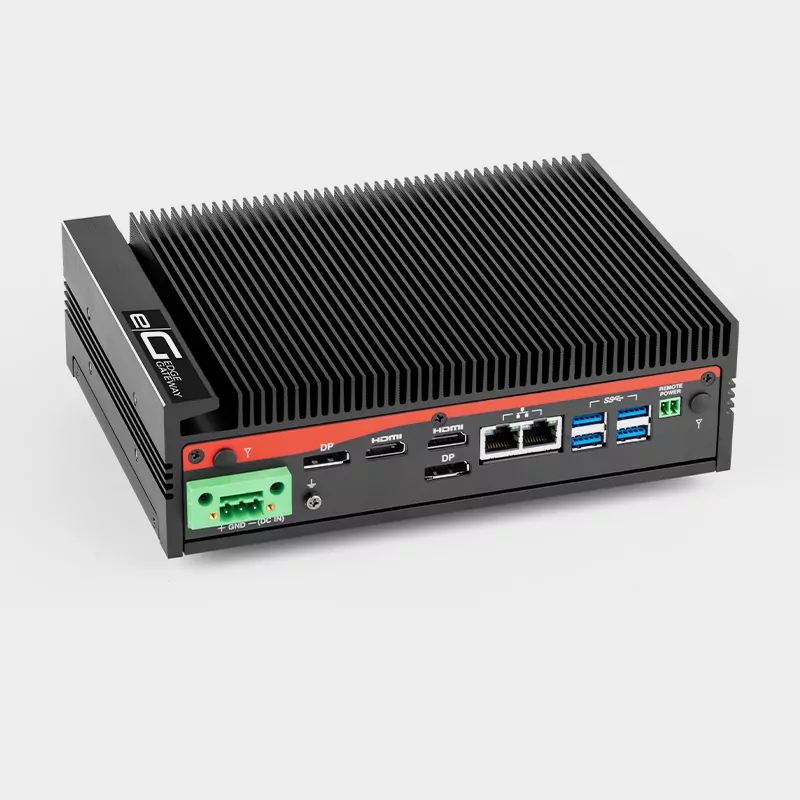Edge Computing: Data processing at the Edge of the network
What is Edge Computing?
Edge computing defines a form of data processing that takes place directly or close to a specific data source, such as a machine. This means that all relevant operations can be performed at the “edge” of the network. This includes, for example, the collection, aggregation, processing, as well as the analysis of the data. These calculations can be performed centrally, exactly where the data is created or collected.
Why Edge Computing?
Edge computing technology enables companies to achieve various advantages. Because data does not have to travel long distances to the nearest data center, latency is minimized. In conjunction with cloud technologies, it is possible to move the various services and applications as close as possible to the point of origin of the data. In addition, the aggregated data can be pre-processed at the edge before it is forwarded back toward the cloud system. It also reduces or eliminates transmission delays and service outages, and even enables offline operation. Thanks to edge computing, real-time monitoring and services are made possible, from which further business potential can be derived. Furthermore, companies benefit from increased data security, since with edge computing the majority of data remains in the local network. This makes it much easier to meet compliance and security requirements. Due to the improved controllability of data, sensitive information can be filtered so that only non-critical data is transferred. This, in turn, means less data can be intercepted and misused by unauthorized parties, enabling compliance with security standards. Edge computing enables companies to scale easily because capacity needs can be adjusted or expanded at any time and easily by adding more IoT devices. Because each additional device is associated with lower network bandwidth requirements, scaling costs can be minimized. Edge computing can be used to develop new business and service models that contribute to process optimization and quality assurance.

Application areas of Edge Computing in industry
Edge computing technology provides ideal conditions for applications with a large amount of data that must be processed in real time and with minimal latency. Typical application areas include the Internet of Things (IoT), automated processes in Industry 4.0, autonomous driving, and applications from the field of artificial intelligence (AI) and machine learning. Manufacturing companies can use edge computing to keep a better eye on their operations and closely monitor the efficiency of equipment and production lines. In some cases, errors can be detected before they occur. Costly delays due to downtime can thus be avoided. Operators in the energy sector also benefit from edge computing because it enables them to switch to more flexible and intelligent power grids.
Potential challenges when building Edge Infrastructures
Edge computing, like any other new technology, has potential challenges that should be considered. The complexity of the network structure makes maintenance much more costly because many interfaces and components (from different manufacturers) have to be coordinated. In addition, there are the acquisition costs of the IoT devices. If the amount of data is too large, it is possible that the capacity of the device will be exceeded, so that problems can arise with the storage and processing of information. To this end, a reasonable estimate of the expected data volumes should be made in advance. In all cases, special attention should be paid to an IT security concept so that the IoT devices are adequately secured. Edge computing protects the core IT as an additional layer, but at the same time opens an additional gateway for cyber security attacks.
Future and potentials of Edge Computing
Thanks to edge computing, digital transformation is already being accelerated in many industries and sectors, although its maximum potential has not yet been tapped. Today, organizations and businesses are already benefiting by gaining and processing new and more insights faster than ever before. This makes it easier to anticipate, manage and adapt to future requirements. In the future, edge computing will continue to be the driving force behind many new and innovative ideas and technology, for example in transportation, for faster and better mobile devices or optimized processes in the manufacturing industry. In the future, edge computing will continue to gain momentum, especially through new technologies such as 5G or artificial intelligence.



